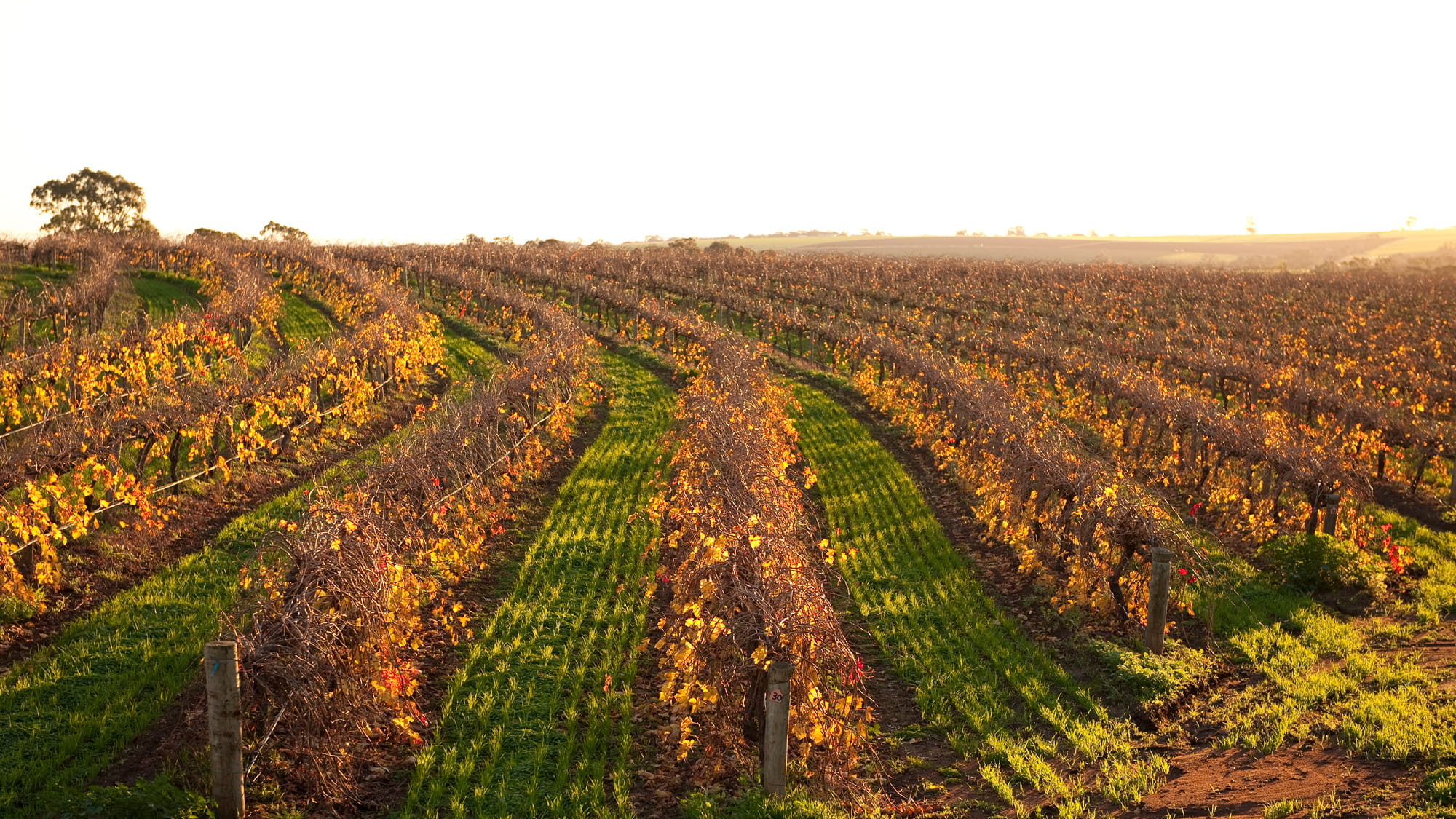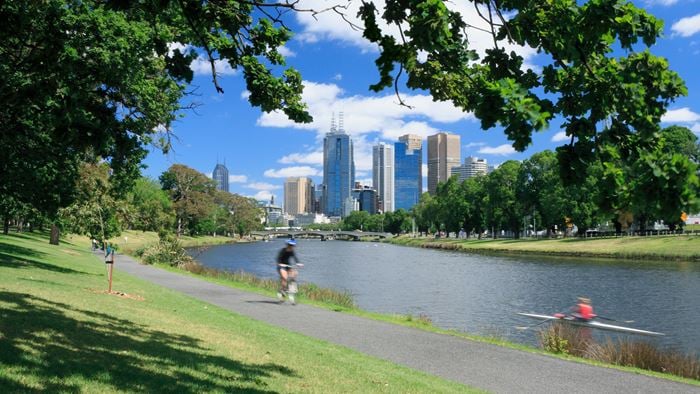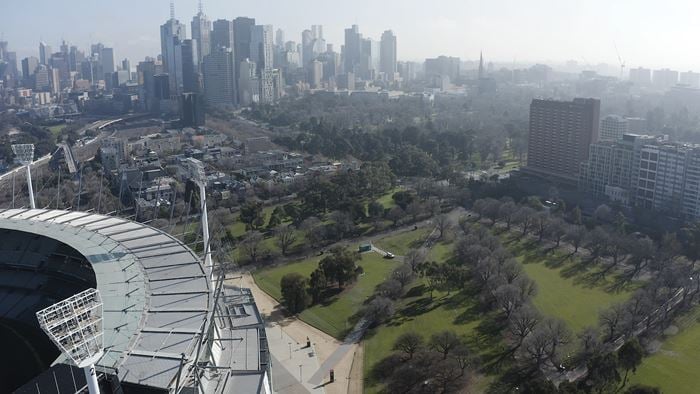Climate change has emerged as one of the most urgent global challenges of our time, impacting various sectors, including agriculture. Among these, the wine industry stands particularly vulnerable, especially to the threat of water scarcity.
Australia’s wine industry is a vital part of the economy, providing jobs, exports, and tourism. To ensure the industry’s sustainability, it’s crucial to build resilience at every level, from individual wineries and vineyards to overarching water governance bodies.
By adopting a complete-resilience approach, the wine industry can develop effective climate adaptation strategies to navigate an uncertain future. In today’s ever-evolving landscape of environmental, social, and governance considerations, organisations must measure, communicate, and enhance their resilience effectively.
Drawing on industry-specific research and our resilience expertise, we set out to support the wine industry in facing these challenges head on.
Resilience challenges facing the wine industry
In our pursuit to support the wine industry in facing these challenges, we embarked on a detailed review of existing water resilience frameworks.
Our goal was to understand the current practices for mitigating the risks of climate change and water shocks, as well as the adaptation strategies employed by water governance bodies and wine organisations.
What we discovered was eye-opening. Existing frameworks often focus on broader regions and fail to address the specific needs and challenges of the wine industry. As a result, key stakeholders are left with vague guidance that may not effectively address their unique concerns.
Recognising the need for actionable advice, we collaborated closely with the Australian wine industry.
Through a series of interviews with winery owners and operators, research bodies, and water authorities, we gained invaluable insights to develop a holistic resilience assessment framework tailored to the needs of the wine industry, designed to support sustainability and enhance resilience.
During our interviews, stakeholders from various sectors of the wine industry expressed concerns about regulatory uncertainties and their impact on water accessibility and operations. Additionally, climate uncertainty and the evolving climate patterns emerged as significant concerns shared among stakeholders.
Responding to challenges with the WineRES resilience tool
Harnessing our research, we’ve developed WineRES – a resilience tool providing adaptation pathways for the wine industry. By connecting the dots between climate change impacts and water security, this tool offers tailored and effective adaptation strategies to bolster resilience.
Designed to empower industry stakeholders, the tool provides invaluable insights to plan for resilient futures in the face of climate change and water scarcity. With WineRES, wine industry players can assess and enhance their resilience to climate change and water shocks. This proactive approach ensures a sustainable and thriving future for the wine industry.
In developing this tool, we integrated our City Water Resilience Approach (CWRA) to set resilience goals for the wine industry. The CWRA, proven effective in cities worldwide, tackles water challenges comprehensively, addressing infrastructure, governance, communication, and regulation.
Structured around four key dimensions – leadership and strategy, planning and finance, infrastructure and ecosystems, and health and wellbeing – the CWRA guides the resilience assessment and future action, paving the way for profound and sustained development.
WineRES utilises a range of indicators to create visual representations of vulnerabilities and calculates an overall resilience score. Its potential to contribute to environmental, social, and governance (ESG) reporting underscores its role in promoting sustainability and responsible business practices.
Case study: the Barossa Valley, South Australia
When it comes to Australia's wine regions, the Barossa stands out as a prime example. From economic and tourism perspectives to water and climate challenges, the Barossa highlights the urgent need for WineRES.
The Barossa is expecting continued temperature increases during growing seasons, leading some vineyards to change grape varietals to those more adapted to warmer climates.
The region contributed $941 million from wine industry activities in the 2019-20 financial year, with wine grapes alone contributing $140 million. From a tourism perspective, the Barossa contributed $225 million in the 2019-20 financial year.
The region’s unique climate, soil and landscape generate world-famous full-bodied red wine varieties. From a water perspective, the region receives the bulk of its water for irrigation and town mains from surface and groundwater sources and only in recent years has sourced water from sustainable recycled water schemes due to a lack of rainfall.
For regions like the Barossa Valley, the tool offers a comprehensive approach to understanding and addressing the impacts of climate change and water shocks on grape growing, wine production and water governance. By systematically assessing resilience across various dimensions and stakeholder levels, it equips industry players with valuable insights and data-driven strategies for building and maintaining resilience.
Harnessing our research, we’ve developed WineRES – a resilience tool providing adaptation pathways for the wine industry. By connecting the dots between climate change impacts and water security, this tool offers tailored and effective adaptation strategies to bolster resilience.
Tailored water resilience for all industries
To learn more about the WineRES and how it can be adapted for other industries, reach out to us to start the conversation.
Connect with Millie Simpson on LinkedIn.
 ;
;





